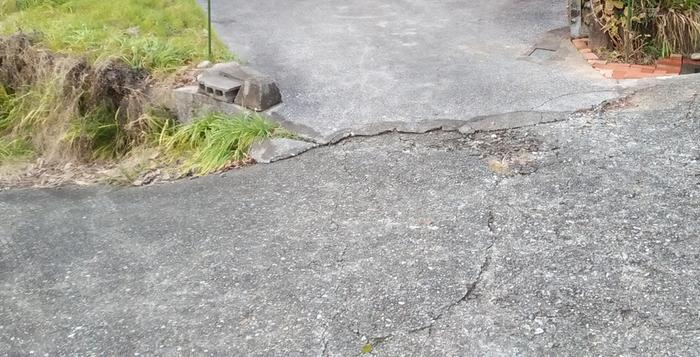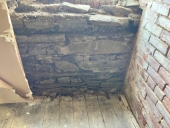This is the entrance to my driveway. You can see where the concrete meets the asphalt it has begun to crack. This photo is actually several years old and the cracks are much worse now - giving us a bit of a bump when we drive in or out of the space.

Since this picture grew some sort of grass had taken a hold in the cracks. I think it probably made them worse, but at the same time the grass itself provided a little bit of a ramp and a smooth ride up.
I've seen plants intentionally planted in spacers between concrete slabs, and also artistically planted in naturally occurring cracks.
I'm wondering whether I could get away with planting something like the grass but that maybe doesn't rip the concrete apart as much with its roots, but then is also tough enough to be driven/walked over.
A few searches suggested various thyme varieties for cracks in walking paths... Somehow I don't think thyme will give much cushion though. I was pondering some variety of moss, but it might encourage erosion too.
Any thoughts or ideas?
I could just have more concrete laid down... but I hate concrete.







